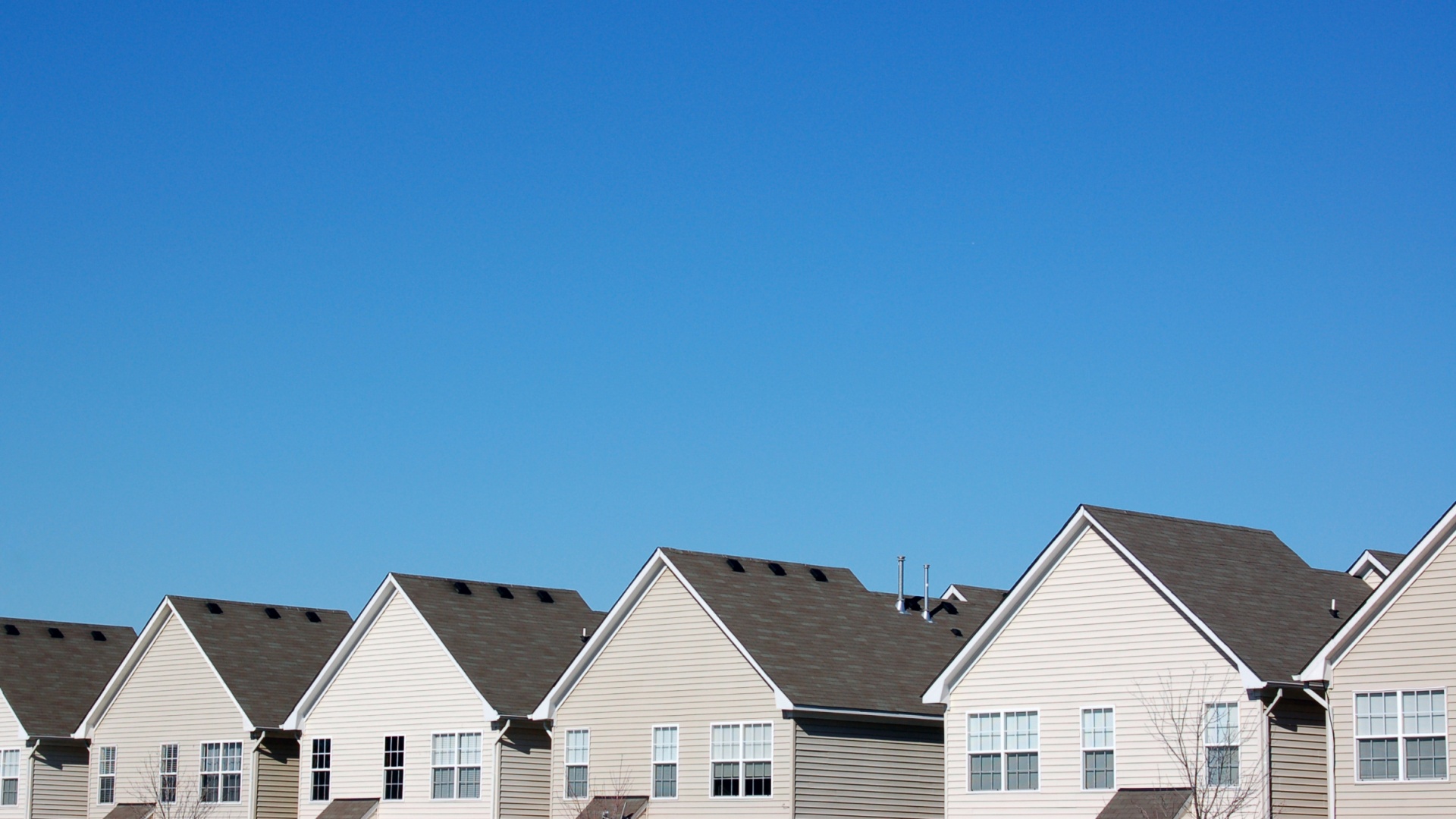ADVICE FROM OUR TEAM
Outside air can find a way into your home, from wide-open windows to very small cracks and gaps. This air leakage can be costly in terms of energy loss, moisture damage, and your energy bill.

My name is Peter, and I’m an engineer at Efficiency Manitoba. I have nearly four decades of experience with building enclosure projects, with my last 20 years focused specifically on energy efficiency. Take it from me — sealing up and weatherstripping your windows and doors is an easy way to prevent unwanted air leakage and save energy. Here’s how to get started.
1) HOW TO CHECK FOR AIR LEAKS
Your home may have plenty of leaky areas without you even knowing. You’ll want to look out for excessive humidity and consider the performance and safety of fuel burning appliances. These appliances need to have enough air to combust. A heating contractor can check and see if there are any problems. If there are, you should get them fixed before sealing things up.
Professionals can use expert techniques and equipment to find leaks, but the rest of us can use simple tests to catch a lot of problems. Tissue paper clothes-pinned to a coat hanger will flutter in an air current. It’s a good idea to conduct your test on a cold or windy day and turn off your exhaust fans beforehand. This will help you get a feel for leakage that isn’t as obvious as daylight coming through the gap in a door’s weatherstripping.
2) MY HOME IS LEAKY – NOW WHAT?
It’s time to start sealing up! You can do it yourself or have someone do it for you. Regardless, you should have an idea of what needs to be done and how. Each home is unique and there are lots of ways to do just about anything.
Let’s go over what you can do to make your sealing and weatherstripping effective and your home more efficient.
3) HOW TO SEAL UP AND WEATHERSTRIP YOUR HOME
WEATHERSTRIPPING
Weatherstripping is used for joints that move, such as on doors and operable windows. It’s important that your weatherstripping is appropriate for where you’re using it and is properly applied in a clear and clean area.
Because there are so many types of weatherstripping, we couldn’t possibly cover all the options and differences. At the end of the day, weatherstripping that’s durable, relatively easy to install, looks good, and makes a seal across the joint will do the job. During installation, make sure there are as few joints as possible, pay attention to making the corners continuous, and don’t stretch it into place. Materials shrink when it gets colder.
SEALANTS
Sealants are used to seal up gaps and cracks that don’t move. Caulking and expanding foam are two common types of sealant. A well-done project requires choosing the right sealant for the job, properly preparing the surface it’s going on, and applying the sealant correctly. Ultimately, make sure it will stick to what you are applying it to.
Like weatherstripping, caulking comes in a great variety. Acrylic, silicone, and polyurethane, alone or in blend, are very common. Use interior grade inside and exterior grade outside. Some other materials have specific best applications.
Caulks vary in service life, water resistance, flexibility, and ease of application. Cost also varies, but as with many things, there’s usually a trade-off between performance and cost.
WHAT TO USE AND WHERE
For a window or door, replacing worn out weatherstripping is a good maintenance decision that saves money. However, air leaks can happen around the trim and other fixed joints in and around the door or window. That’s where caulking can make a big difference. Removing the interior trim may reveal gaps big enough to seal with expanding foam. Moderation is key — be sure to remove any excess material before it cures.
Door sills get a lot of wear and may deserve more attention. Most sills are designed to have the wearing component easily replaced. Doors and windows may move seasonally depending on soil conditions, sometimes substantially. This can be challenging and may require more of a weatherstripping solution than caulking.
There is so much more to say about sealing and weatherstripping. I encourage you to make good use of your resources, whether it’s YouTube, the wisdom of a good contractor, or that helpful person at your local hardware store.
Looking for more information? Check out these resources on air sealing:
- Comprehensive air leakage control in your home
- Best practice guide for air sealing and insulation retrofits
Please also contact us with your questions. We want you to succeed at saving energy and improving your home’s comfort.


